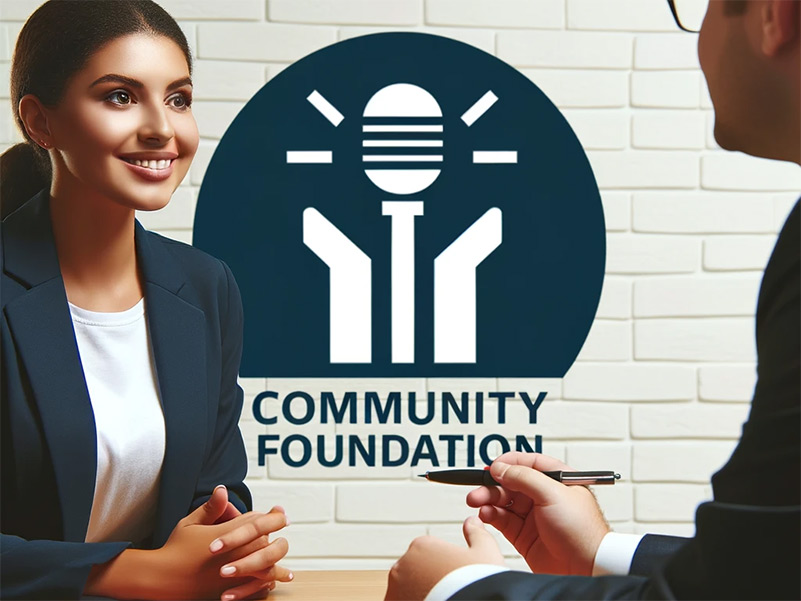It’s a story we know all too well as communicators in the nonprofit sector – a journalist reaches out and asks if our President or colleague can speak about a program.
Excitedly, we say yes. Only to find out the interview needs to happen the same day.
How do we go about preparing our spokesperson on short notice? Especially if they aren’t as comfortable with the media.
The answer to that question is one that can keep us up at night. But it doesn’t need to be as difficult as you think.
Let’s into a few simple steps you can take to help your spokesperson navigate media interactions with finesse.
Crafting a Narrative: The Power of Personal Stories
A media interview is not merely an opportunity to convey information but a chance to connect with the audience on a personal level.
Encourage your spokesperson to share authentic personal stories that resonate with the organization’s mission. These narratives serve as powerful tools to humanize the cause, making it relatable and emotionally compelling.
It is also a helpful trick for spokespeople to remember what to say and how to say it. The more personal, the better they’re able to speak to a subject.
When discussing an upcoming interview, ask your spokesperson whether they’ve had a personal experience with the topic they’ll be speaking about. Maybe their family or friends share similarities with the types of people your organization is trying to serve.

Establishing Authentic Connections with Interviewers
In the world of media interviews, building rapport with the interviewer is a skill that can elevate the conversation.
Encourage your spokesperson to approach interviews as conversations rather than scripted exchanges.
Do your due-diligence beforehand and research the interviewer. Many journalists share their professional work and their personal hobbies on social media channels. Do they have anything in common, personally or professionally, with your spokesperson?
Establishing a connection on a human level fosters a more relaxed and engaging atmosphere. This could happen during the first few minutes of pleasantries before an interview begins, or when trying to relate a conversation topic to something about the interviewer.
Suggest techniques such as active listening, finding common ground, and responding with sincerity.
By humanizing the interaction, your spokesperson not only creates a memorable experience for the interviewer but also increases the likelihood of a positive portrayal in the media.
Humanizing the Mission
Beyond personal stories, it’s crucial to articulate the impact of the nonprofit’s programs in a way that resonates with the audience.
Emphasize the importance of illustrating how these initiatives directly affect individuals and communities.
Whether through statistics, testimonials, or visual aids, provide tangible evidence of the organization’s positive contributions.
Practice, Practice, Practice
Lastly, carve out at least 30 minutes before every interview to practice with your spokesperson.
Ask them the same question in multiple ways so they can get comfortable speaking about a subject in different styles.
And use the practice as an opportunity to ask your spokesperson questions about their history. This is the chance to find those personal stories or share additional stories of impact that humanize the interview topic.
Turn Interviewing into Growth Moments
Ensuring your spokesperson is well-prepared for a media interview is not just a matter of public relations; it’s about forging connections, telling compelling stories, and humanizing the organization’s mission.
Using these simple steps, you can begin to turn each opportunity into another growth moment for you as a professional, for your spokesperson, and for your organization.
Media training is a muscle that needs to be consistently worked in order to stay strong.
Whether you are training staff internally or working with partners like Foundation Voice, make sure to revisit media training with your spokespeople often.

